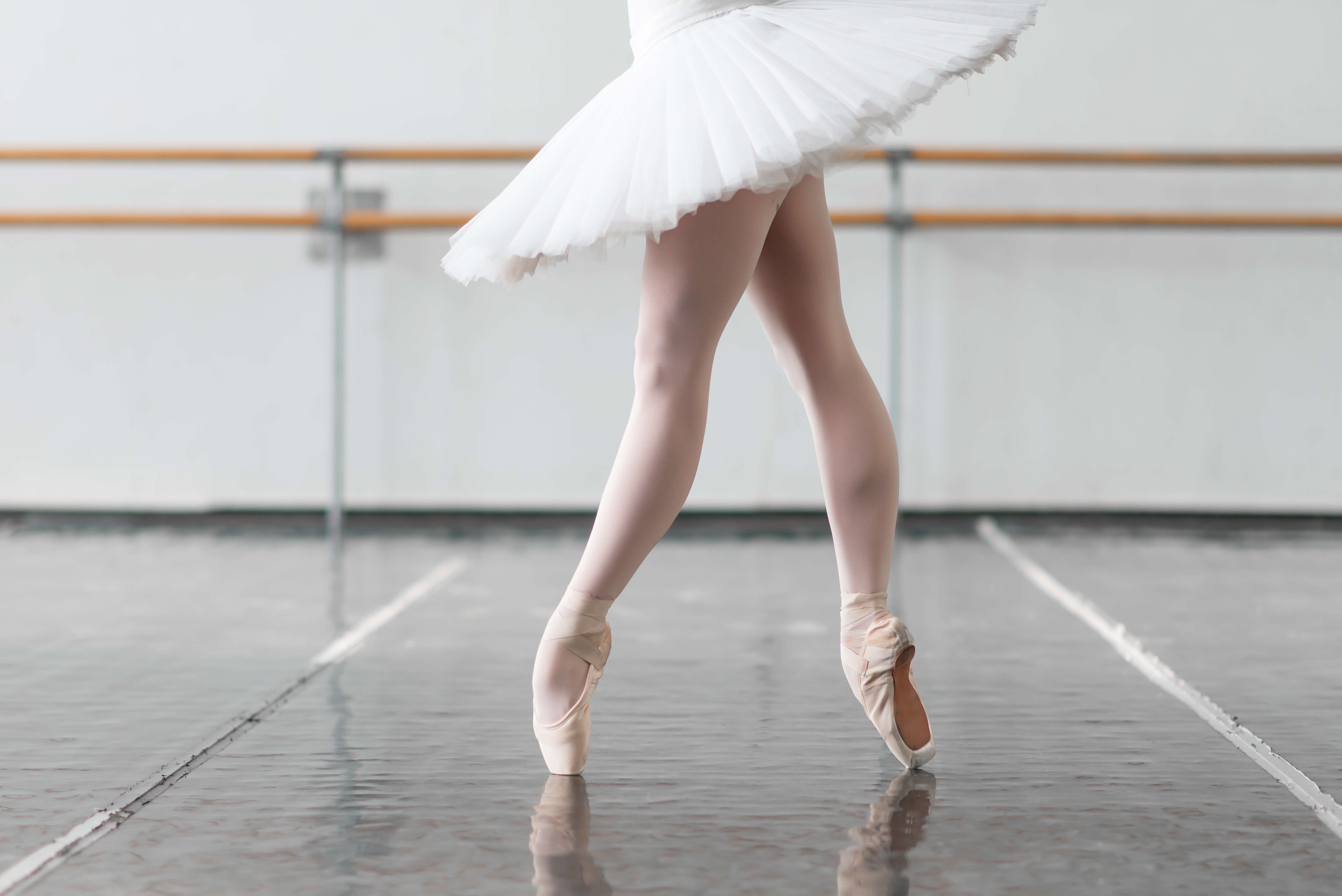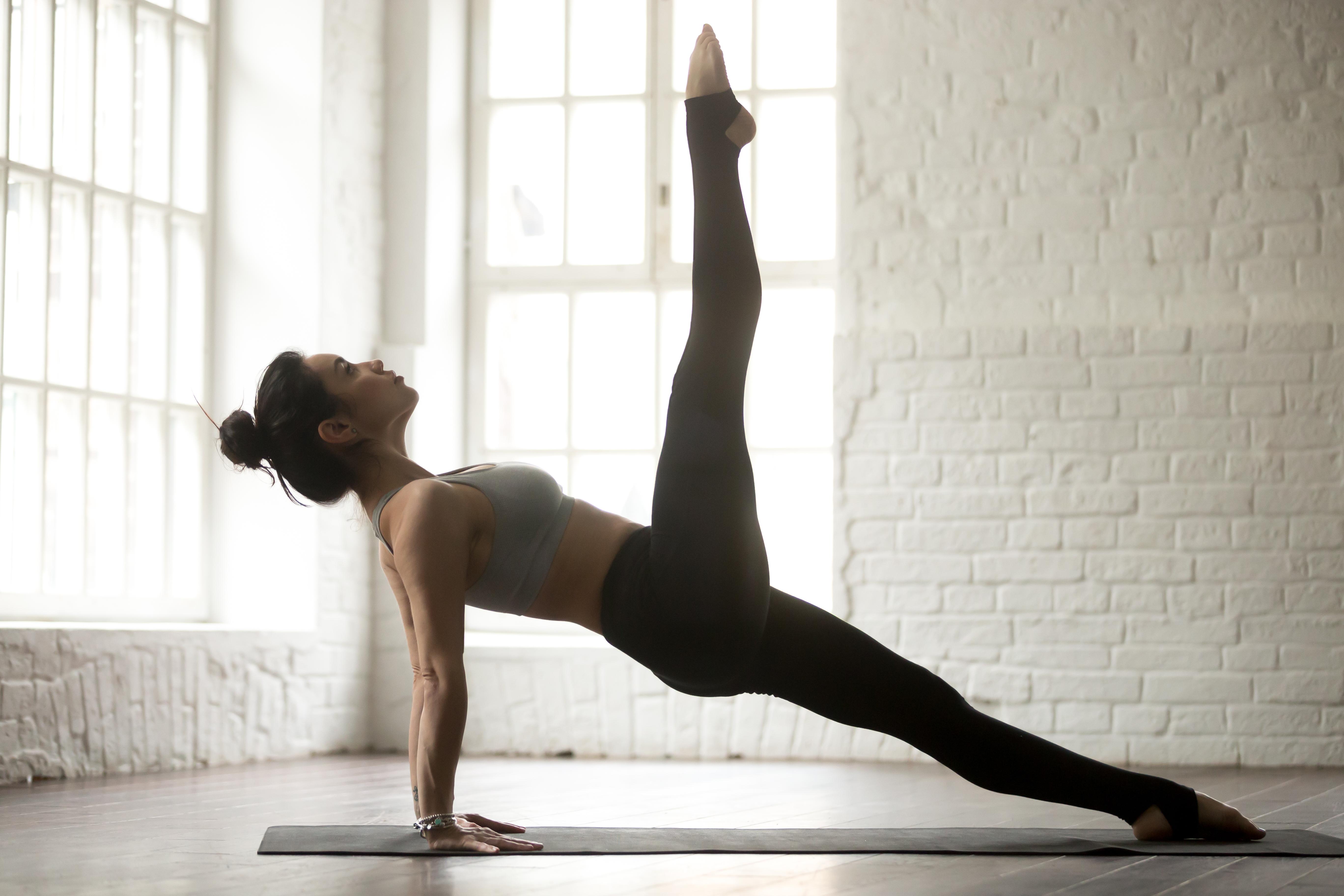Dance Physiotherapy and Pilates
 At
Revive we have physiotherapists and pilates instructors with strong dance backgrounds who have had extensive careers as professional
dancers. Our physiotherapists have expertise in treating the injured dancer, designing them functional strengthening programs
and getting them back on stage where they belong.
At
Revive we have physiotherapists and pilates instructors with strong dance backgrounds who have had extensive careers as professional
dancers. Our physiotherapists have expertise in treating the injured dancer, designing them functional strengthening programs
and getting them back on stage where they belong.
The most common dance injuries occur in the ankle and foot with overuse injuries being more prevalent than acute or traumatic injuries. In other words, it is more common for a niggle in the foot or ankle to become more painful over time than it is to sprain the ankle, for example. While painful joints are common, particularly in a growing body, it is also important to recognise the difference between muscle and bone pain. Here is where your physiotherapist can help.
Other common injuries and conditions of the foot and ankle include: ankle impingement, stress reactions or fractures of the foot, ankle sprains and bunions. We can assist with the management of all of these issues.
Other common dance injuries include :
- Patella-femoral pain
- Medial tibial stress syndrome (shin splints)
- Snapping hip syndrome
- Lower back pain
Hip Injuries in Dancers

Dance athletes are unique in that they require extreme ranges of movement, particularly at the hip joint. Consequently, it has been reported that up to fifty percent of dance related injuries are of the hip. Most dancers commence training at a very young age, and the number of hours spent training increase considerably as the athlete moves into adolescents. Dancing is the third most popular physical activity for adolescent girls, with up to 35% of female teens participating in the sport.
The most common hip injuries that dancers undergo are related to increased range (hypermobility), labral tears or impingement. Dancers may also have developmental conditions such as hip dysplasia that may also cause pain.
Pain is usually experienced at the front, to side of the hip, or deep in the buttock. It may involve a catching sensation or a sense of reduced hip range.
Conservative therapy with your physiotherapist is aimed at correctly diagnosing and treating your condition. Treatment usually consists of hands on therapy as well as a strengthening exercise program to provide additional stability around the joint and unload structures that are under increased strain.
Beginner Hip Strengthening Exercises for Dancers
Are developes, plies and pirouettes making your hip sore? Try these basic hip strengthening exercises to help support and stabilise your joint.
| Hip Flexor: Hip Suck |
Deep Hip Rotator: Activation |
Wall Squat: Level One |
|
Leaning over a bed or padded table, draw head of thigh bone up into hip socket. Hold for 6 seconds. Relax. Repeat 10-12 times. |
Start lying on your tummy with your knee bent and slightly abducted (out to the side). Feel for your deep hip rotator muscle Swell the muscle into your fingers. Hold for 6 seconds. Repeat 10-12 times. |
Feet hip width apart and heels about 20 cm from the wall. Slide down the wall, bending the knees and hold for 30 seconds. Repeat 6 times. |
Physiotherapy For Dancers
How can Physiotherapy help?

Generally a dancer will only seek a physiotherapist's advice when they are injured. However, injury prevention is a big part of longevity for the dancer. If you feel a little niggle that hasn't overcome itself within a few days, a physiotherapist can help this by preventing this niggle turning into something more chronic.
Sometimes the joint involved is just stiff or locked up, and no amount of stretching can release this. Physiotherapists provide a gliding mobilisation to release stiff joints and relieve the pain, preventing it from becoming a chronic issue.
The muscles involved can be too deep to stretch, massage or trigger point alone. A physiotherapist qualified in dry needling can reach these muscles more effectively to relieve, and prevent ongoing problems.
A physiotherapist biomechanically screens the body to see where the problem may be originating from. It may be a simple case of foot posture, or stance posture, or muscle imbalance. The therapist can recommend strategies to help resolve these and any ongoing issues.
Injury prevention is better than a cure. Don't wait until you have a stress related or chronic injury before you have it seen to. If the pain or niggle lasts more than a week, come and see one of our very experienced and knowledgeable Physiotherapists.
Pilates for Dancers
The benefits of Pilates in dance have been recognised for decades and having been utilized by the likes of Rudolf Laban, George Balanchine, Ted Shawn, Martha Graham, Rudolf Nureyev, Mikael Baryshnikov and more as a means of:

- Physical conditioning and maintenance
- Technical strengthening and mobility
- Injury prevention and rehabilitation
The fundamental principles of the Pilates method (Concentration; Control; Centring; Precision; Flowing Movement; Breathing) closely reflect qualities that all dancers hope to find every time they move. Focusing on core stability, strength and control through the body, Pilates starts from the centre of the torso and works all the way out to the fingertips. With committed practice Pilates will enhance efficient and effective movement and improve dance performance and technique.
Revive can provide a personalised Pilates equipment program addressing the demanding needs specific to a dancers body. All clients will undergo an initial assessment with a Revive physiotherapist which includes a real-time ultrasound scan of the deep abdominal muscles. Revive are one of the few Pilates centres in Brisbane who can offer this service which is the only 100% accurate method to evaluate core activation strength, endurance and imbalances. After every 10 sessions this program is re-assessed and your abdominals re-scanned to monitor and address your body's progress.
Pre-Pointe Assessments
 If
you are concerned about choosing the right pointe shoe or find that your pointe shoes aren’t working for you, we can help by doing a
specific biomechanical assessment for dancers. What does this involve?
If
you are concerned about choosing the right pointe shoe or find that your pointe shoes aren’t working for you, we can help by doing a
specific biomechanical assessment for dancers. What does this involve?
- Postural assessment
- Strength and biomechanical assessment
- Functional assessment specific to ballet
- Ballet technique tips, with and without pointe shoes
- Assessment of pointe shoes (if already purchased)
Do I need to bring pointe shoes?
Yes, if you already have them. It is not necessary that you already have pointe shoes. It is common for teachers to request an assessment before the student goes up onto pointe to assess strength. The assessment will help prevent injury by providing the student with technical tips to improve their strength and alignment. It is also helpful as a guideline of what to look for when choosing the correct style of pointe shoes for the student’s feet.
Who takes the assessment?
Olivia Quinn (Ashgrove)
What should I wear?
Please wear dancing attire including leotard, tights etc. Please bring your pointe shoes if you have already purchased them.
.svg)